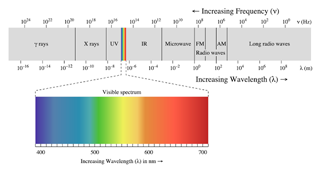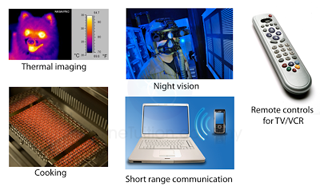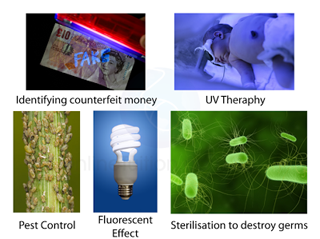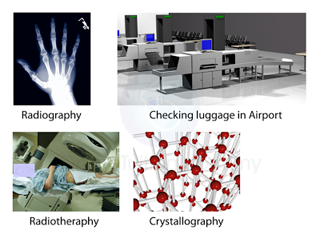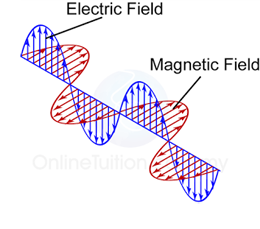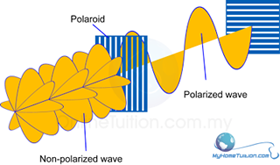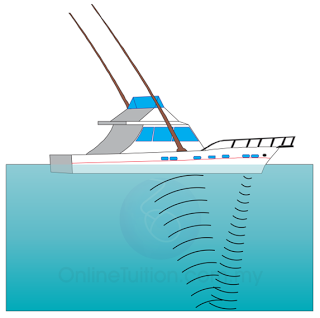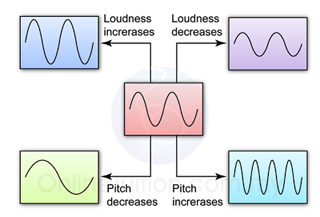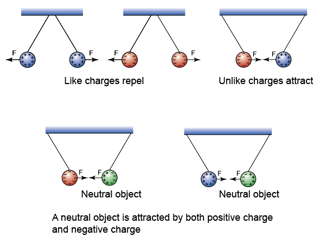
- There are two kind of electric charge, namely the positive charge and the negative charge.
- Like charge repel each other.
- Unlike charge attract each other.
- A neutral body can be attracted by another body which has either positive or negative charge.
- The SI unit of electric charge is Coulomb (C).
Example
Charge of 1 electron = -1.6 x 10-19C
Charge of 1 proton = +1.6 x 10-19C
Charge and Relative Charge
.png)
Sum of Charge
Sum of charge= number of charge particles × charge of 1 particle
Example:
Find the charge of 2.5 x 1019 electrons.
(Charge of 1 electron is -1.6 x 10-19C)
Answer:
Number of electrons, n = 2.5 x 1019
Charge of 1 electron, e = -1.6 x 10-19C


